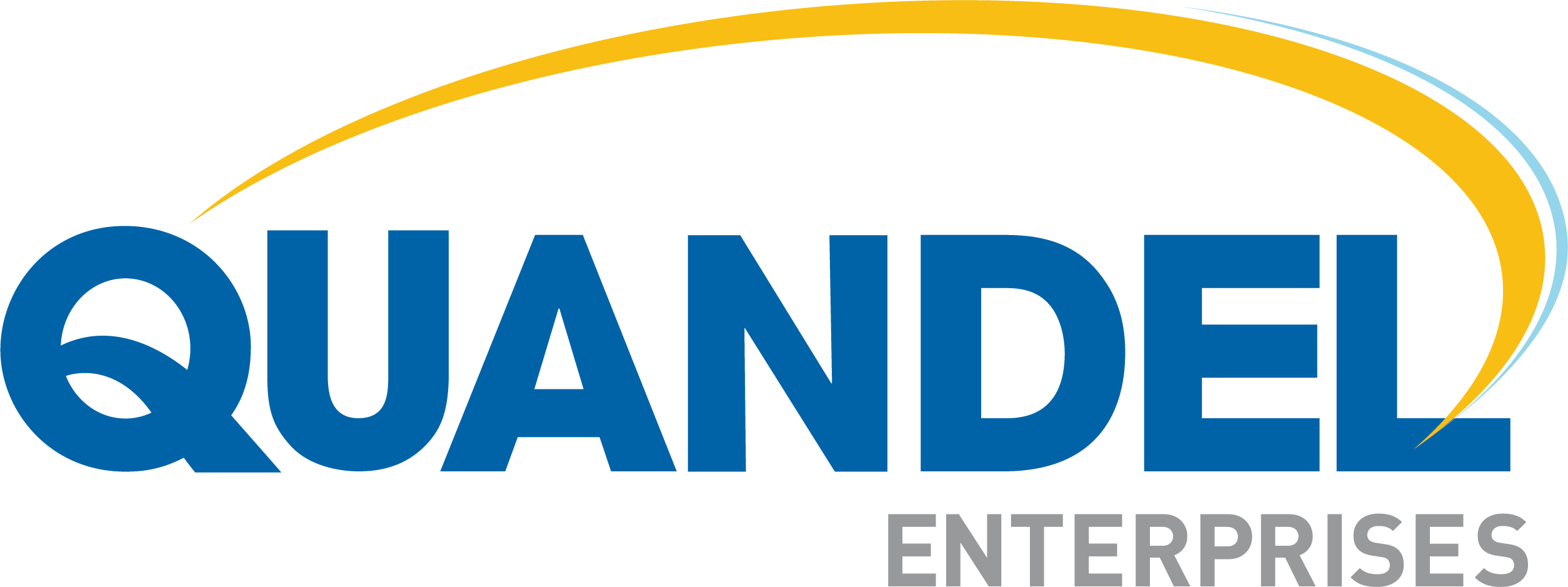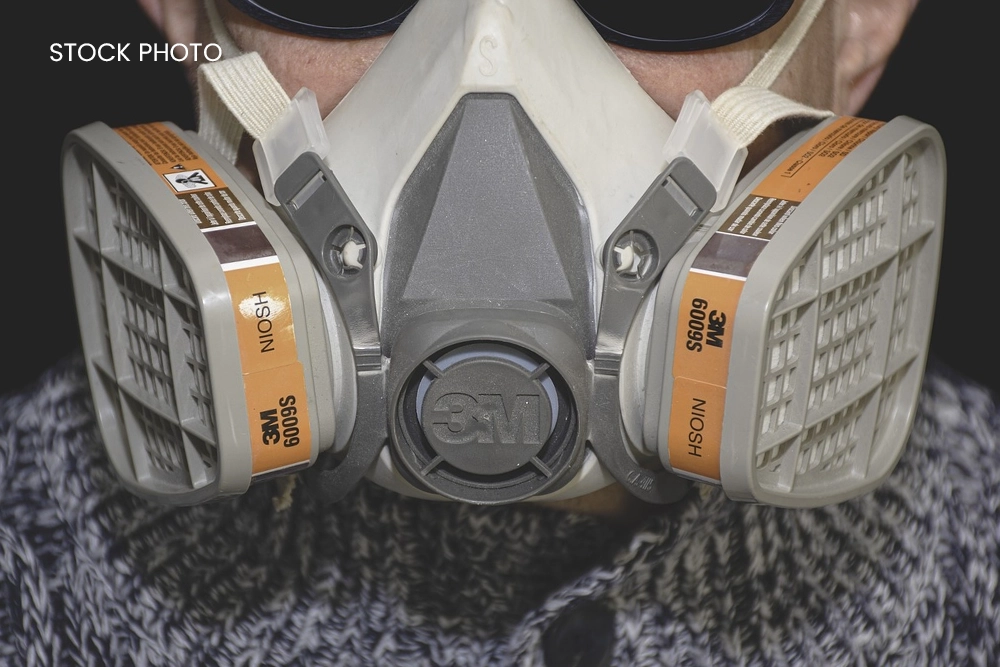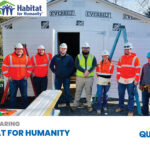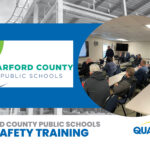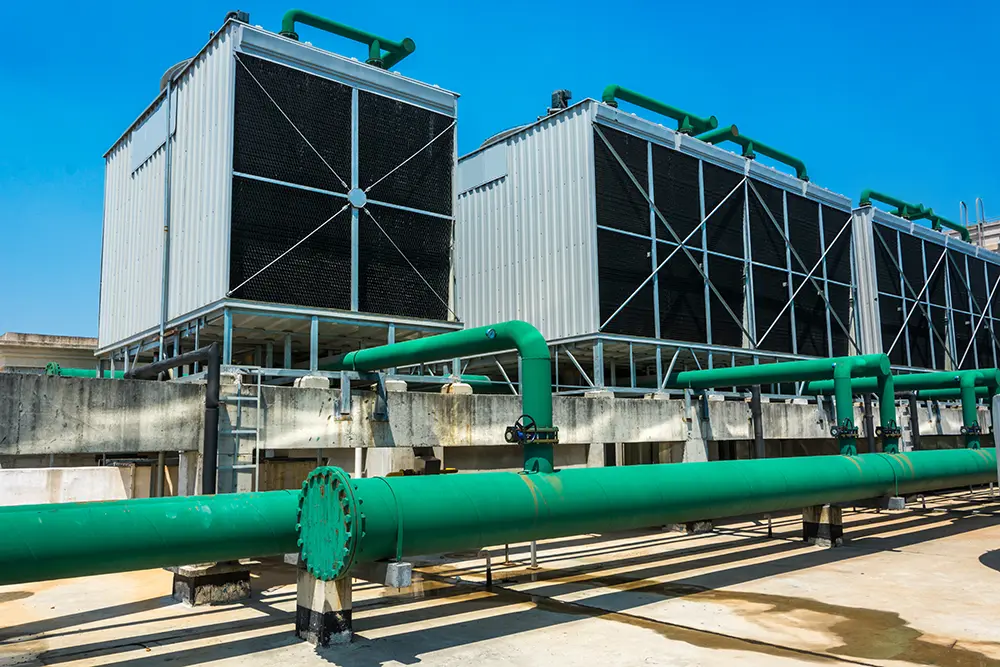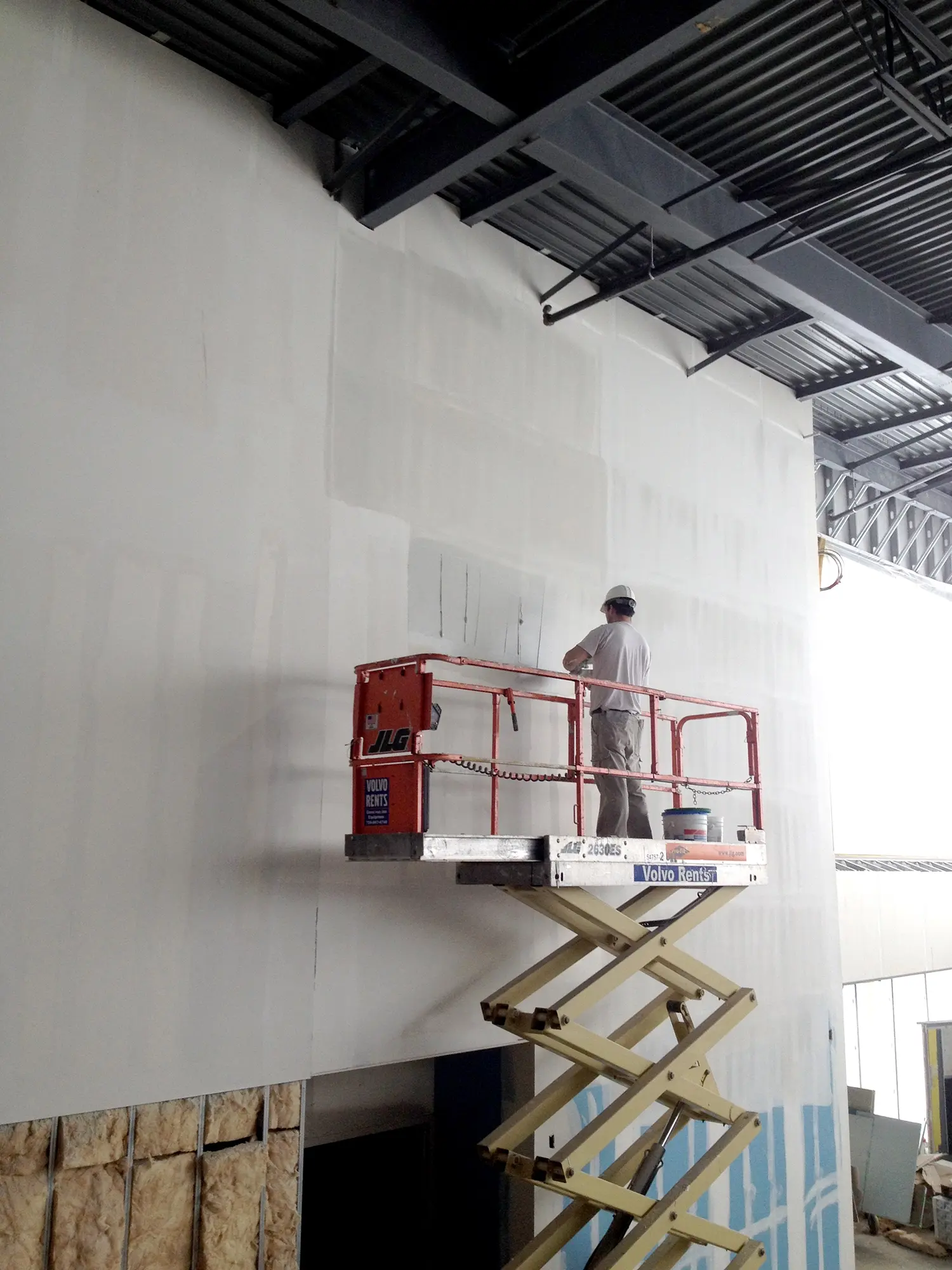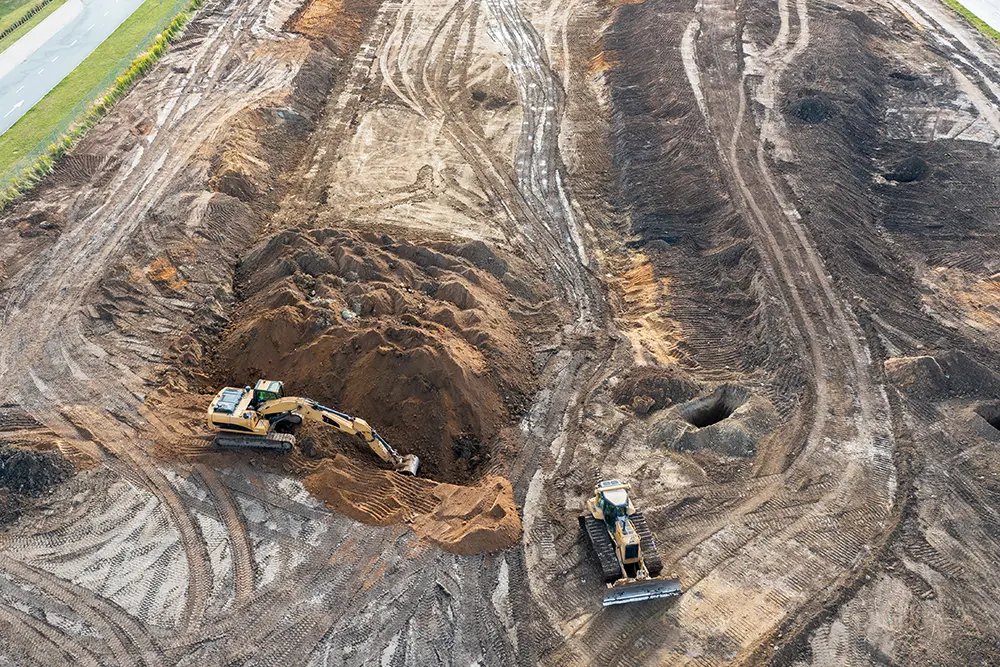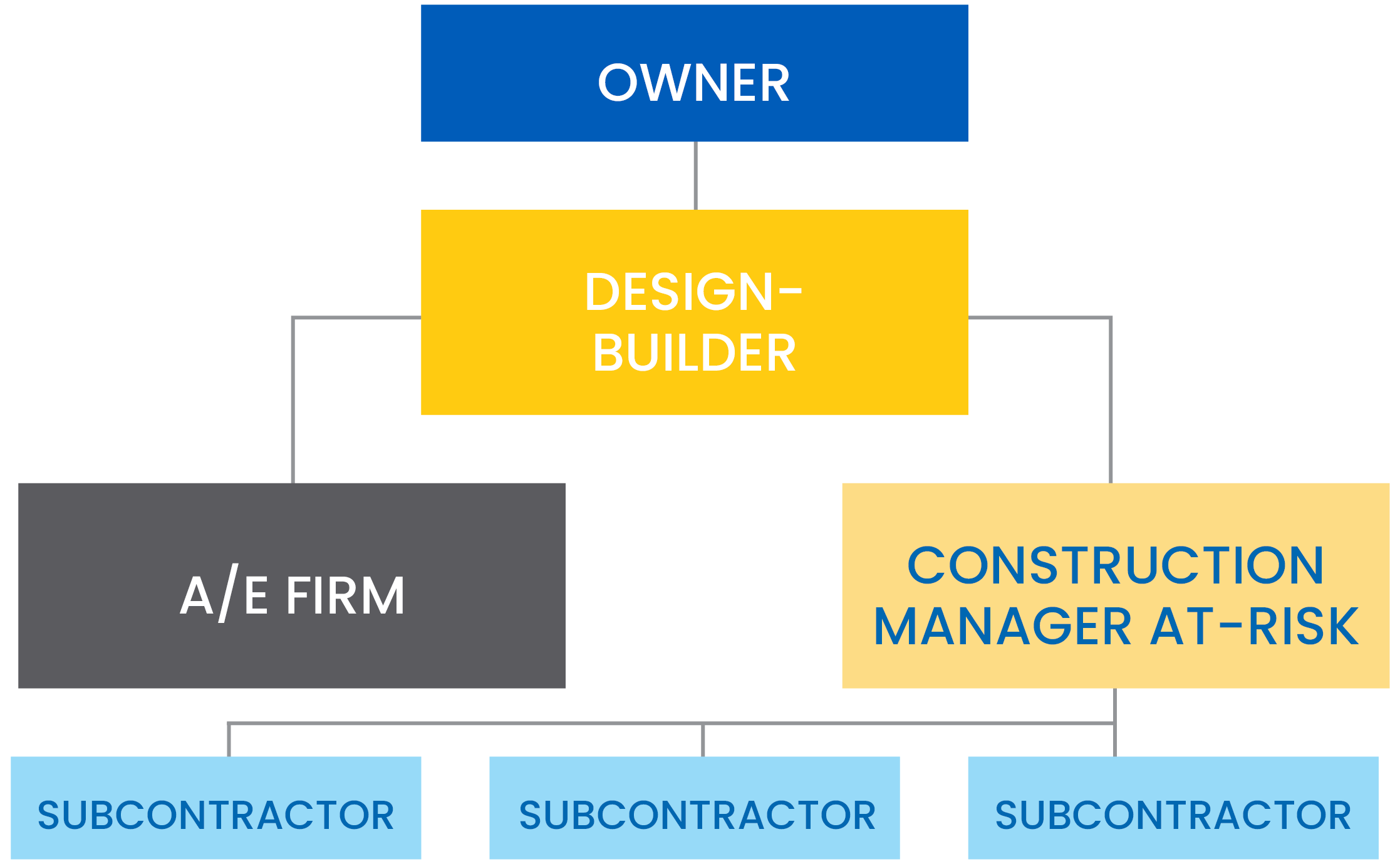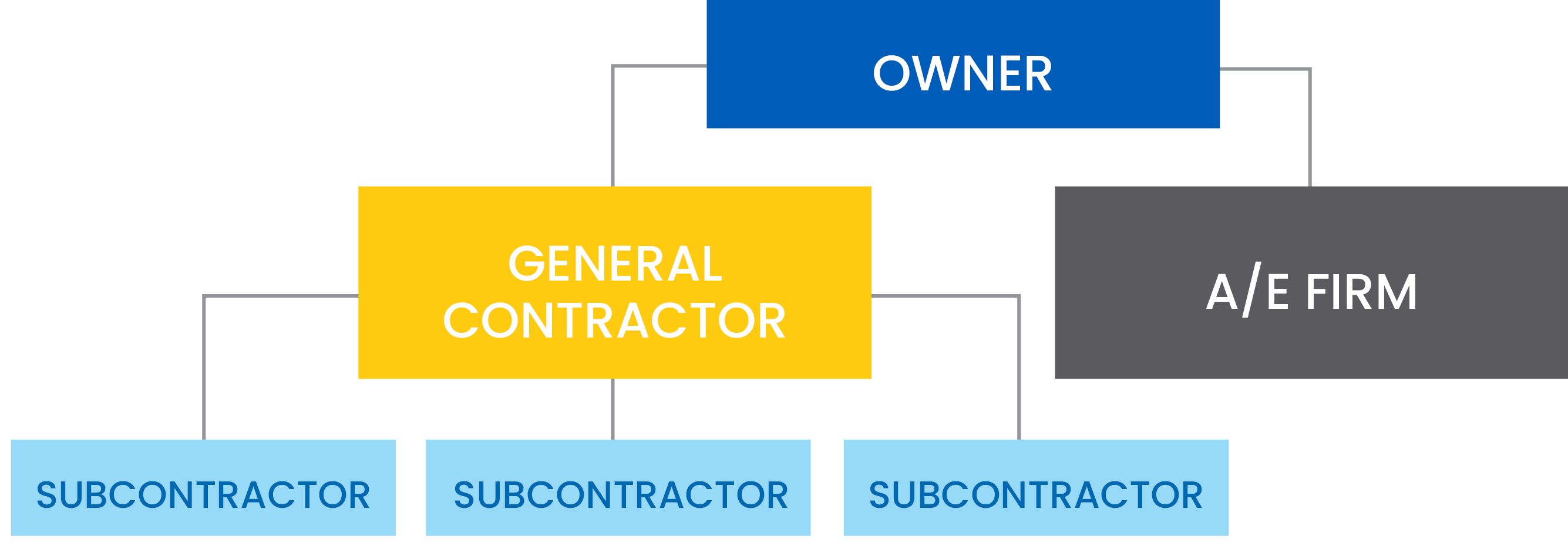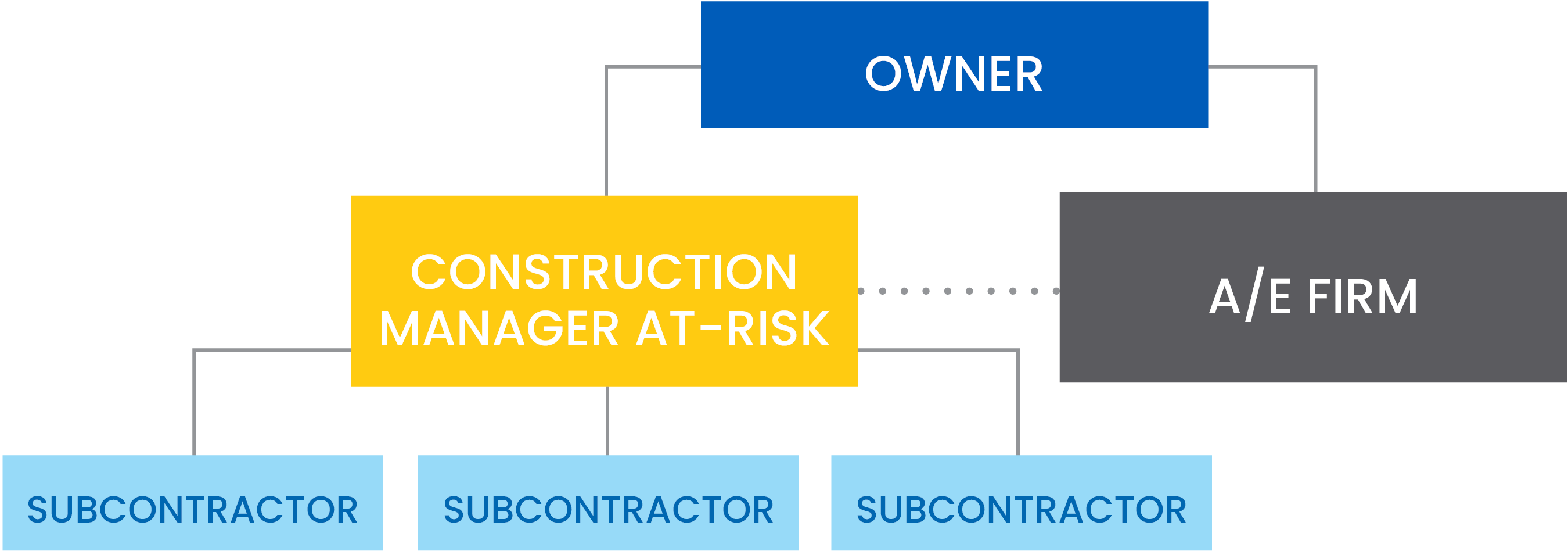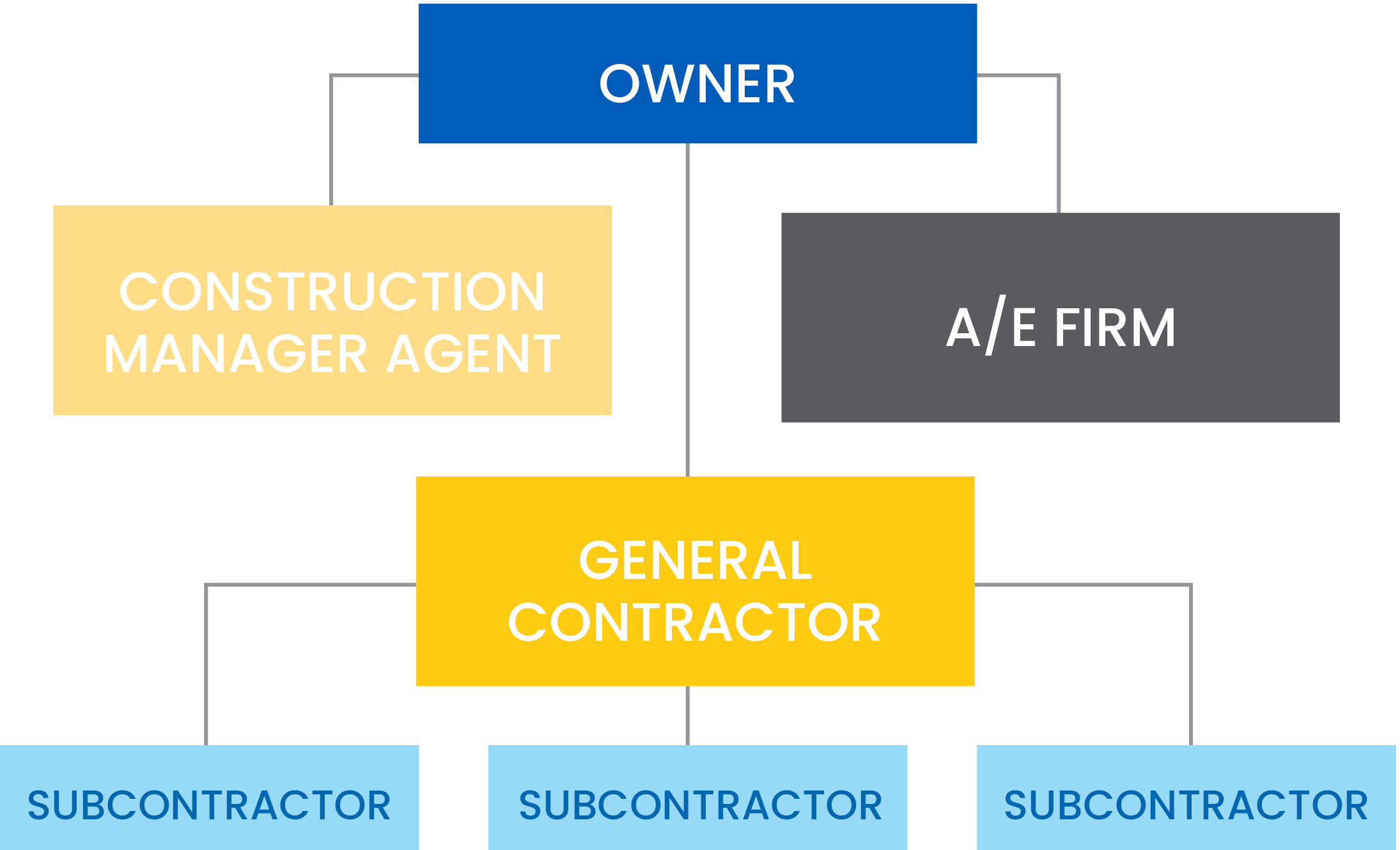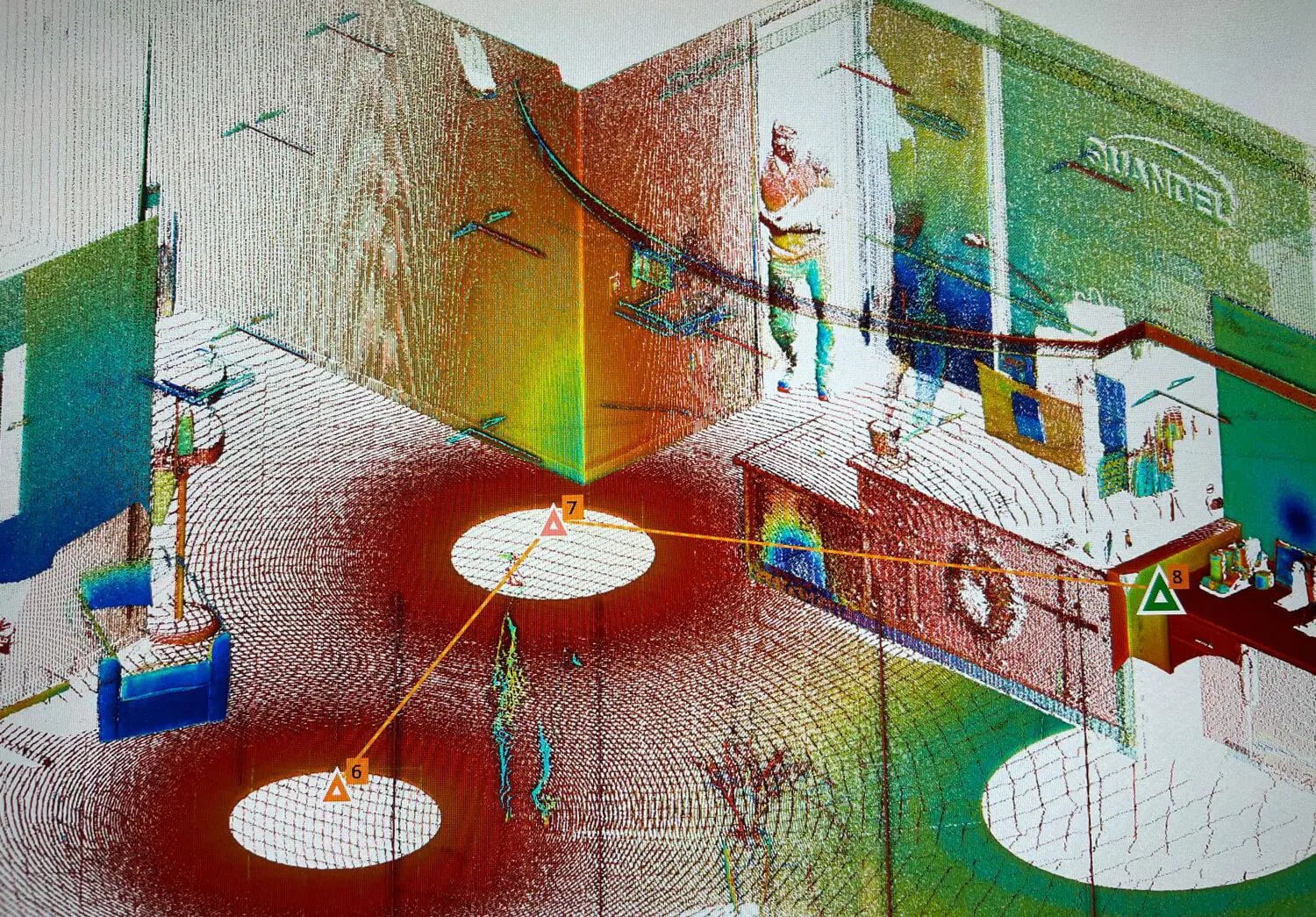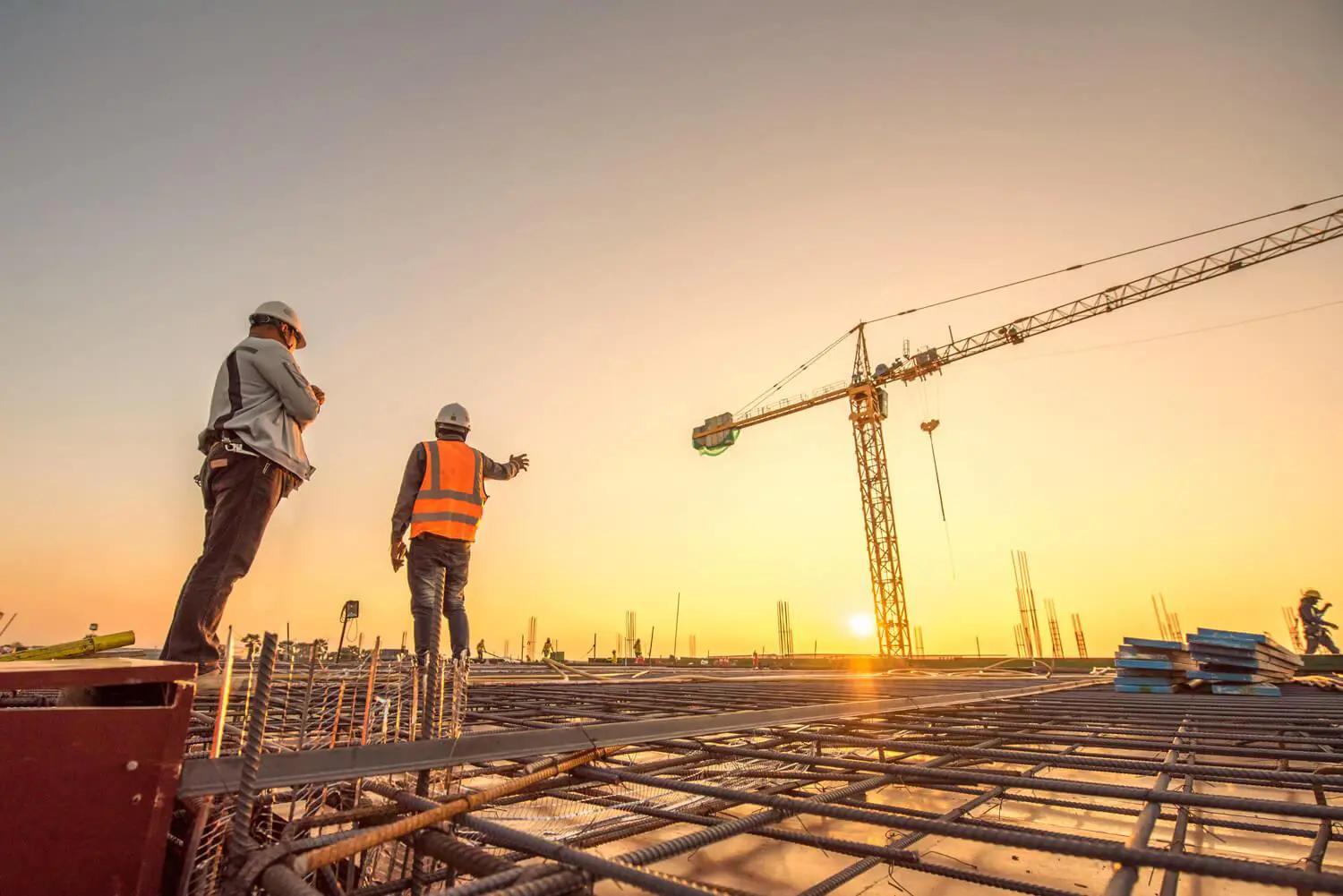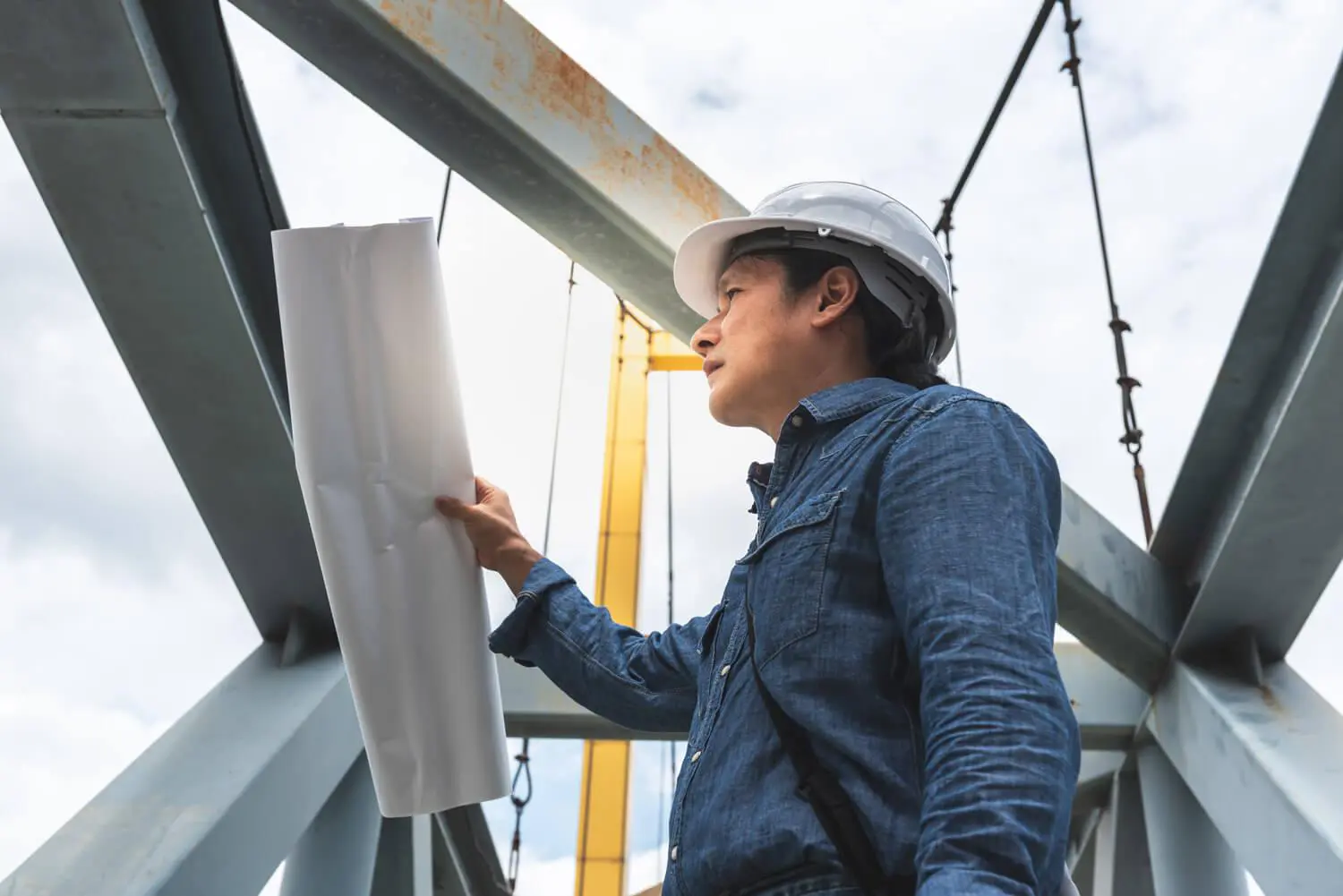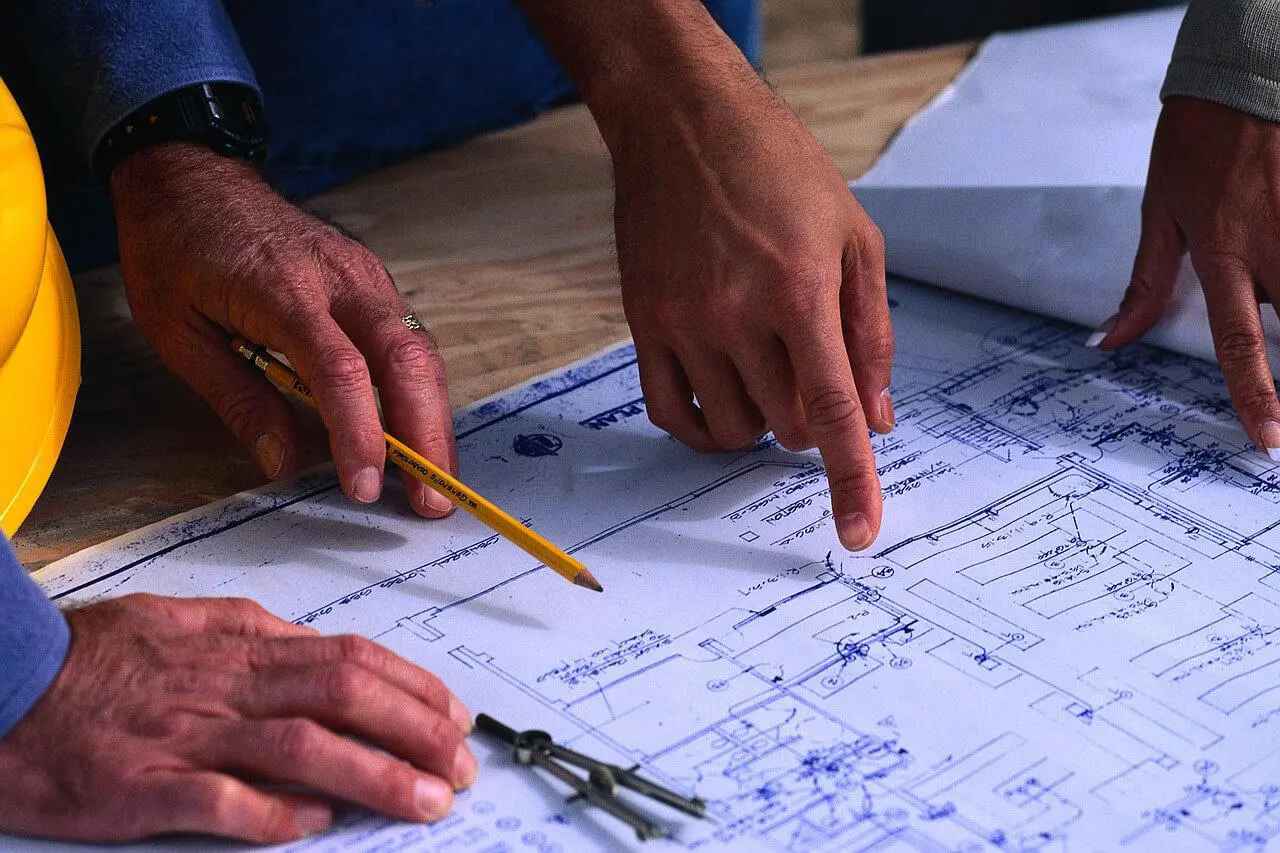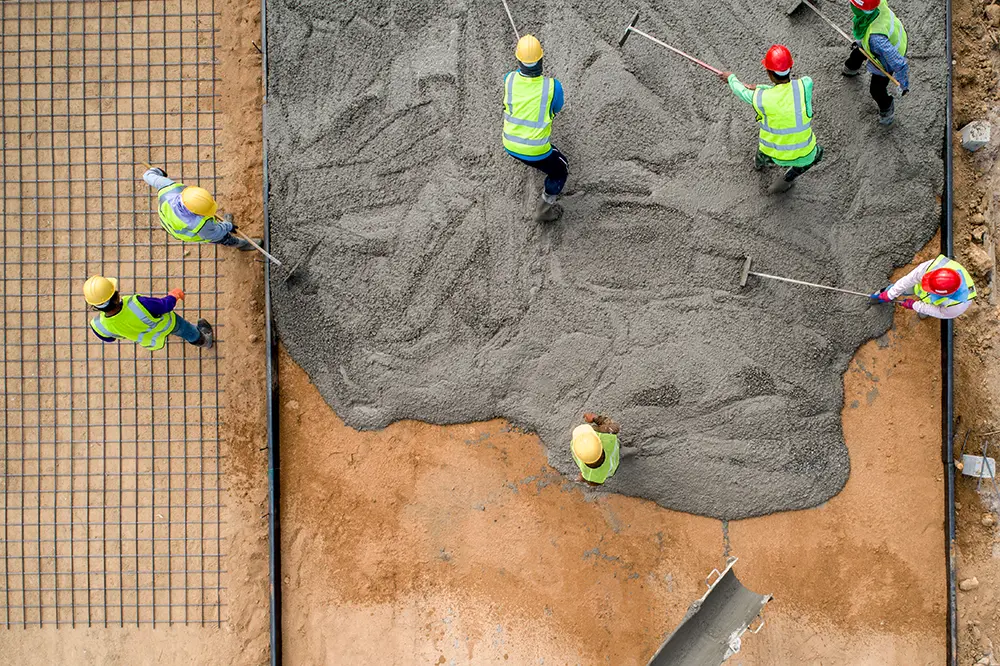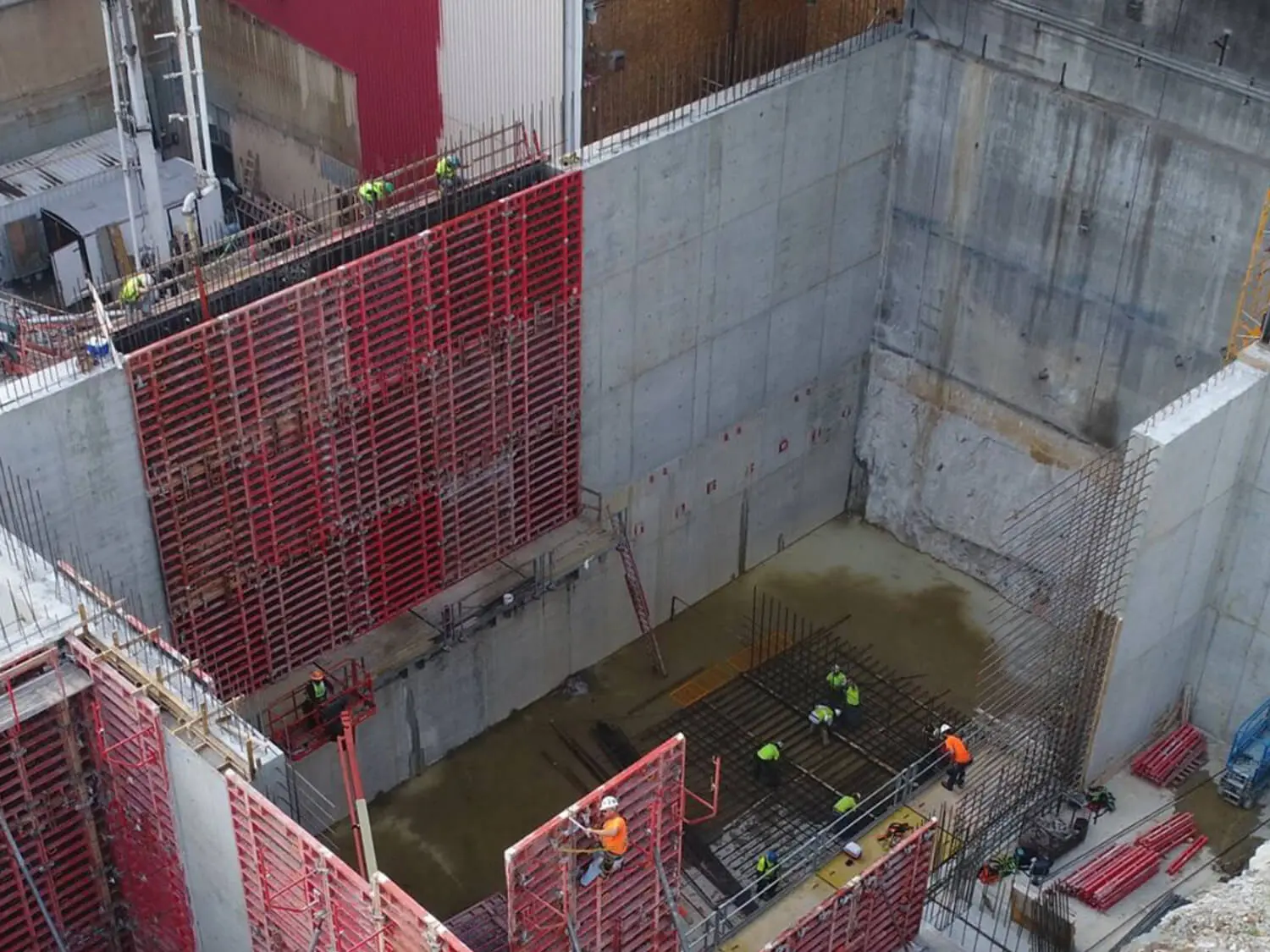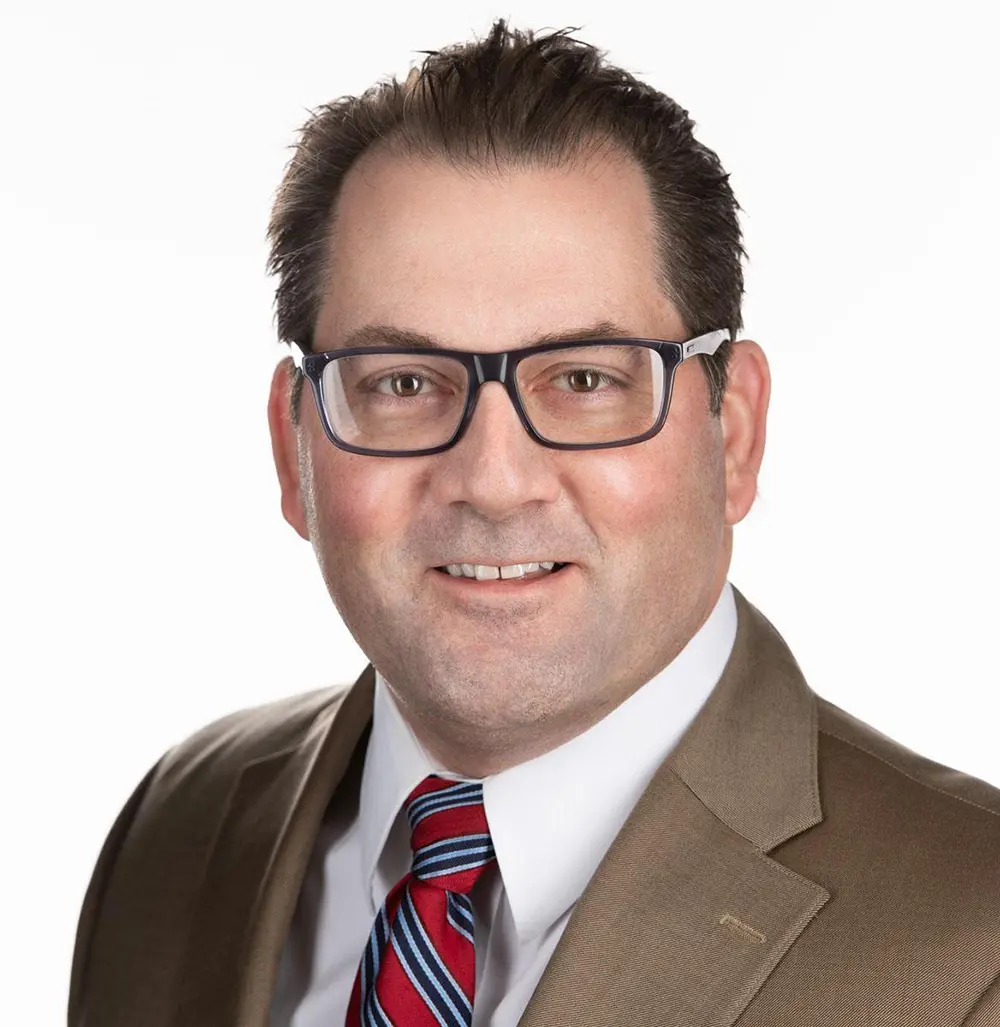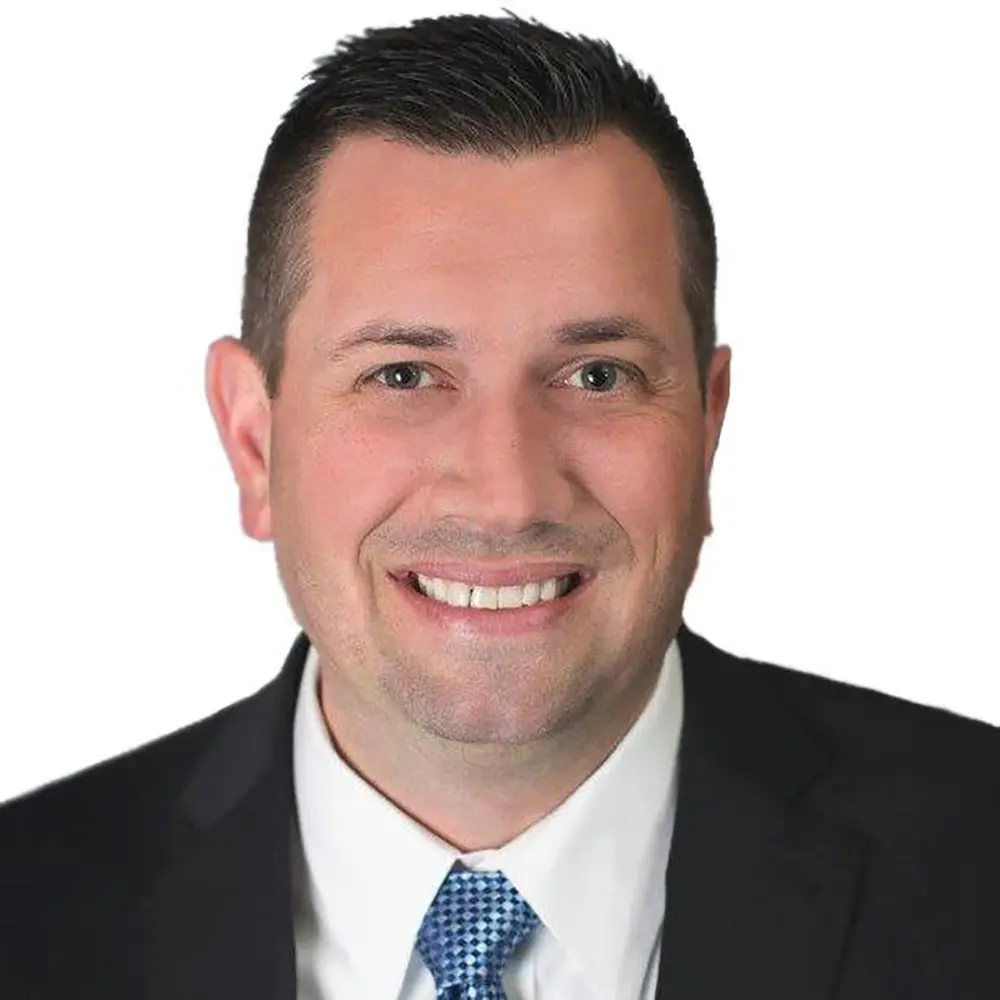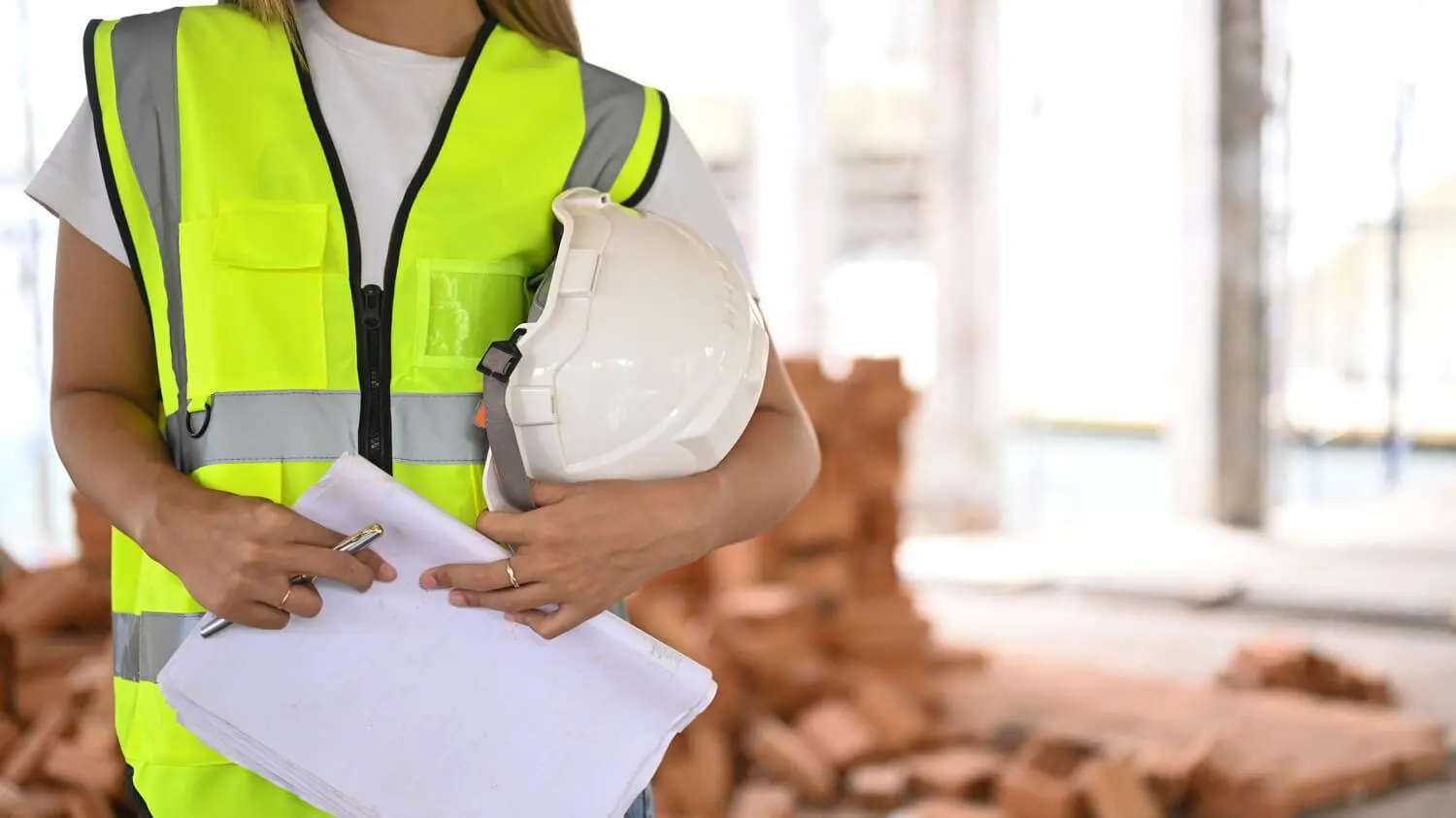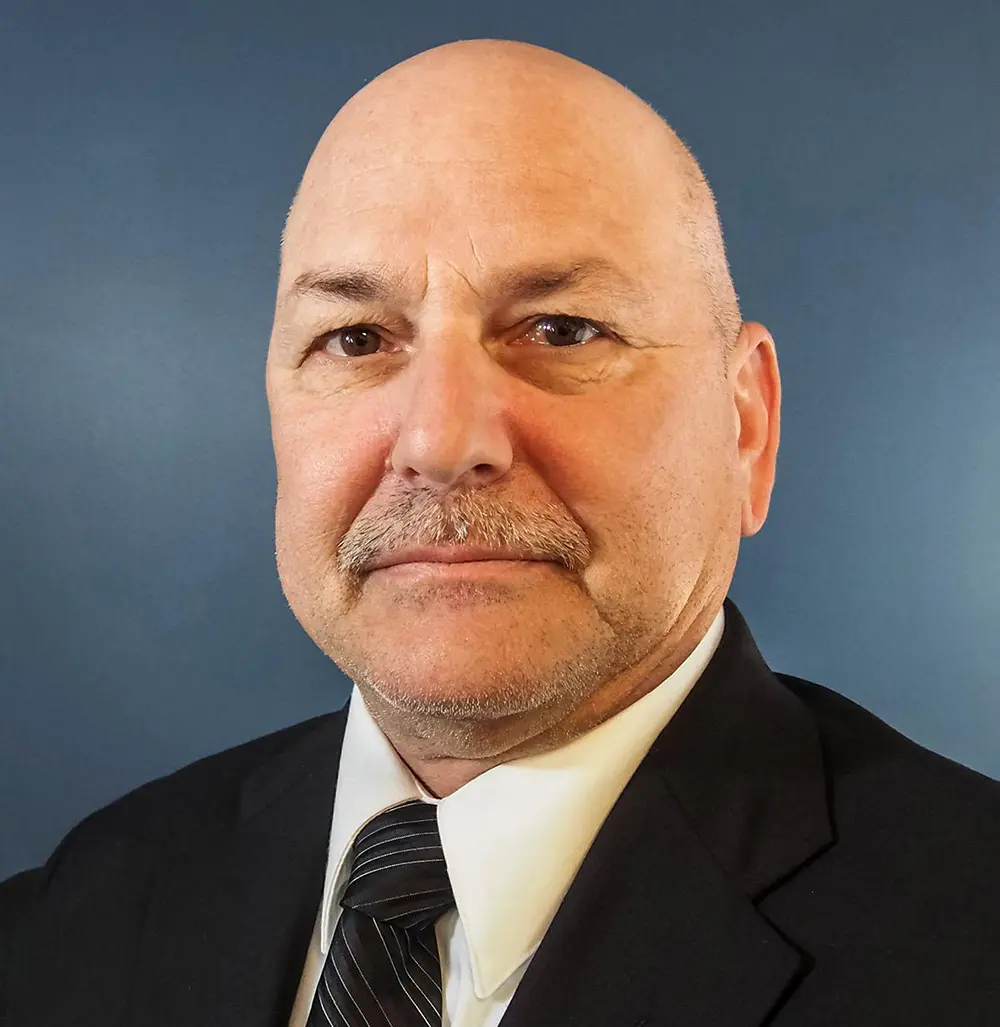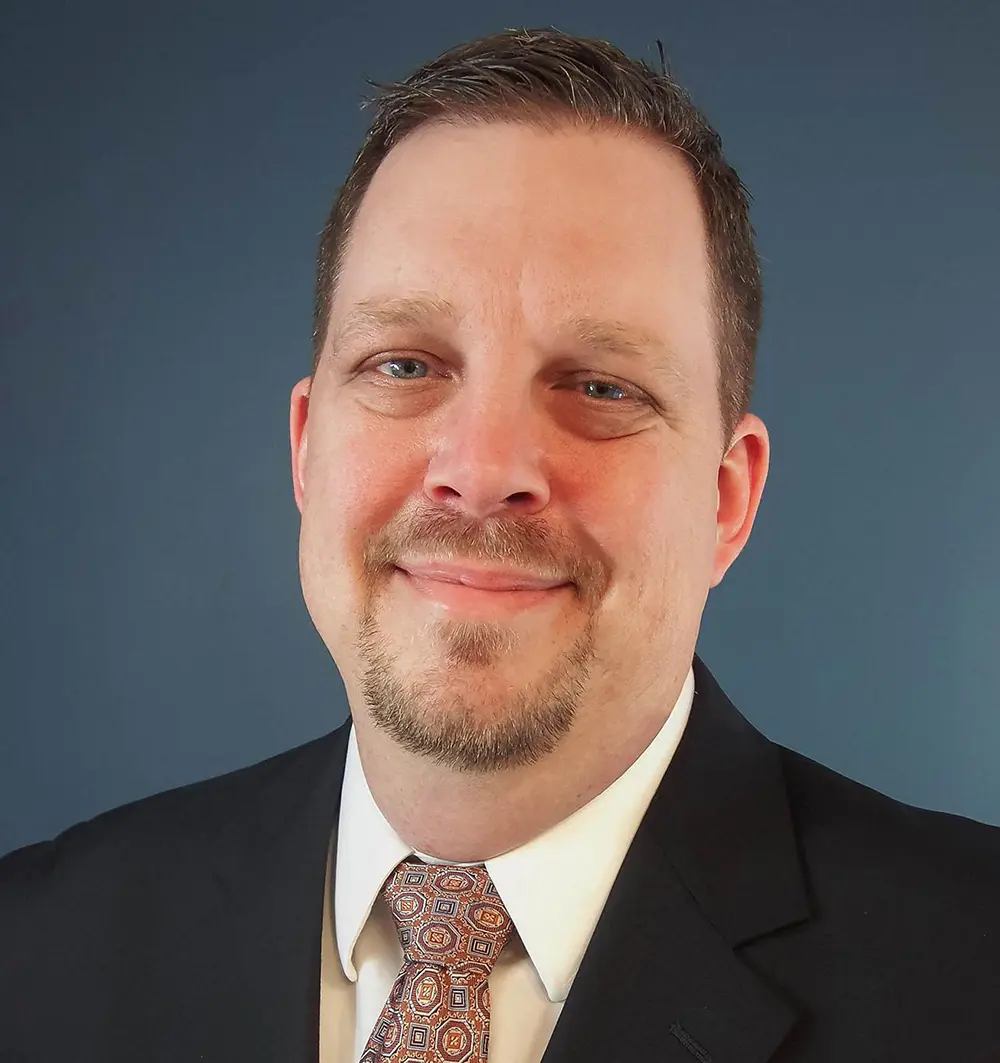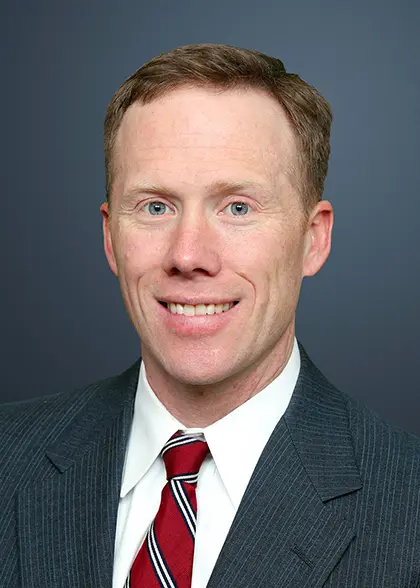Contaminated air, or air that’s lacking in oxygen, can be very harmful to your health. Inhaling chemical vapors, gases, fumes, or dust can irritate and cause serious or fatal damage to the lungs, respiratory systems, or other organs. Lack of oxygen can cause death in minutes.
Wearing the correct respirator designed to protect against your specific job hazards is very important. To determine which is right for your job, check your job procedures and/or chemical safety data sheets (SDSs) and determine which mask is right for you:
- Air-purifying or filtering respirators screen out or “wash” contaminated air but don’t supply oxygen.
- Masks with a canister, cartridge, or filter color-code show what chemical that particular type of respirator protects against.
- Disposable surgical-type masks can be used only for very minimal dust hazards.
- Air-supplying respirators supply oxygen when the air contains 19.5% oxygen or less and in situations termed immediately dangerous to life or health (DLH).
- Self-contained breathing apparatus (SCBAs) have tanks that hold limited amounts of air and signal when air is low.
- Full-face mask respirators connect with tanks or compressors that provide an unlimited supply of air. The connecting hoses, however, can get in the way.
Respiratory Hazards
- Harmful dusts (lead, silica, and other heavy metals)
- Fumes and smoke (welding fume)
- Gases and vapors (chemical exposures)
- Oxygen deficiency (oxidation, displacement, and consumption)
- Biological hazards (tuberculosis, whooping cough, flu viruses)
Leak in the seal
A leak in the seal of the respirator allows hazardous contaminants to bypass the filters. Several situations can affect the seal:
- Increased facial hair–generally only a neatly trimmed mustache is acceptable under a respirator mask
- Changes in the shape of the face or nose due to injury
- Hair that becomes trapped between your face and the seal of a full-face respirator
- The tightness of the straps for support
Respirator Basics
- Respirators must always be inspected prior to donning.
- Check for missing or worn respirator parts.
- For air-purifying respirators, the proper cartridge or filter must be selected based on the hazard.
- Respirator users must don the respirator properly and verify a good fit by performing positive and negative user seal checks each time the respirator is donned.
- Respirator users must know the limitations of their respirator and stay clean-shaven in the respirator seal area.
- Employees may not share respirators and must only use the respirator for which they have been fitted.
- Respirators must be cleaned and stored properly after each use.
Safe procedures
Users must perform a fit check each time they don the respirator.
- During a negative check, the respirator should slightly collapse.
- During a positive check, the respirator should expand slightly.
If leaks are detected, you need to adjust the fit. You may have to tighten the straps, remove obstructions (such as hair), shave, or talk to your supervisor about getting a different style or size of respirator.
Maintenance
Respirators must be inspected before and after every use. Consider the following:
- All parts should be clean and working properly
- Check the face-piece for dry rot, cracks, and holes.
- Perform a leak check.
- Replace cracked, brittle, or punctured valves and hoses.
- Check the head harness for damage or deterioration.
- Tighten loose mask clamps or connectors.
- Check for proper filter selection and placement.
- Replace damaged or clogged filters.
Following each use, respirators should be cleaned, disinfected, and stored according to the manufacturer’s instructions.
A properly chosen respirator is an excellent tool for maintaining your health around hazardous chemicals. However, it does not provide protection when there are leaks, so perform the user seal check every time you put it on.

